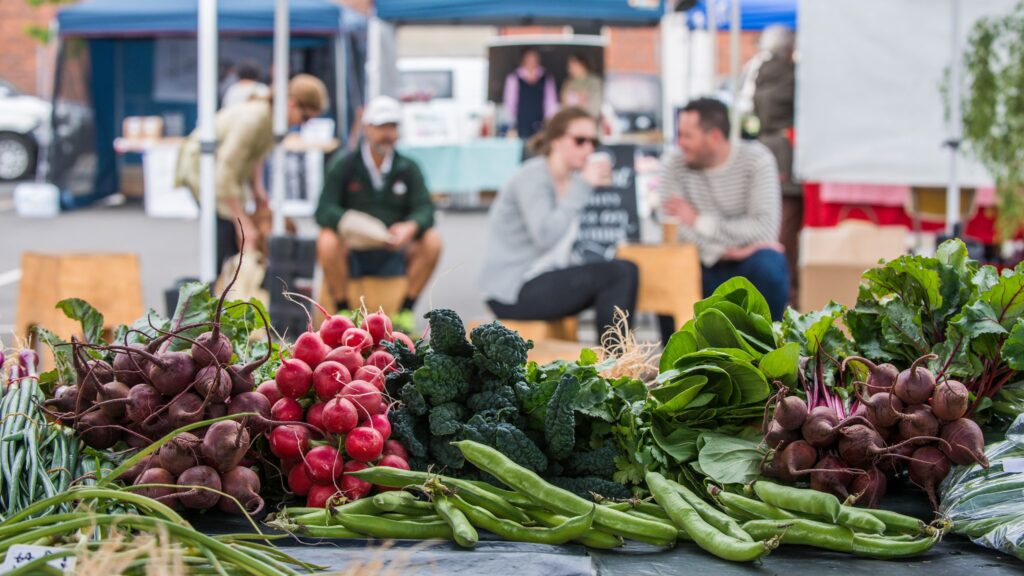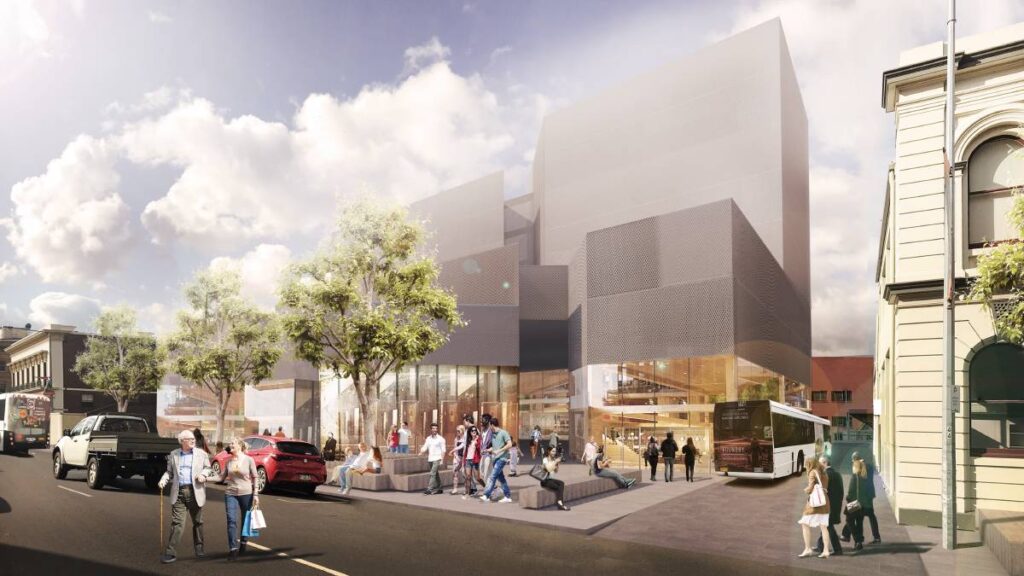Or… No Jab, No Job Part 2
I don’t know about you, but I barely recognise the Australia we see in the media this week. The anti-vaccination riots in Melbourne, if nothing else, indicate what a divisive and emotive topic mandatory vaccinations in the workplace are, and we’ve seen similar trends in the data collected around that topic from last week’s newsletter. I thought I’d share the results with you.
We asked three anonymous questions: the first asked the respondent to indicate whether they were an employee or an employer. The second asked ‘do you support mandatory vaccination in the workplace?’ (Yes/No), and the 3rd simply asked for the reasoning behind that answer. We did not ask for responses on vaccinations efficacy, trial status, or personal liberties.
The results were interesting. In the five days, the survey was open for submissions; 91 respondents provided answers.
The bald numbers show 52% against mandatory vaccination in the workplace and 48% supporting it.
The slightly more nuanced version shows different ratios:
- Employers > 50 employees: 66% Yes, 33% No. (13% of all respondents)
- Employers < 50 employees: 49% Yes, 51% No. (22% of all respondents)
- Employees – Private: 33% Yes, 66% No. (44% of all respondents)
- Employees – Public: 64% Yes, 36% No. (12% of all respondents)
- Employees – Other 64% Yes, 36% No. (9% of all respondents)
Self-categorisation was mandatory, but no proof was required so a respondent could identify as any category. As a result, the result sets may be imperfect.
It gets more interesting when we time sequence the data. Last Thursday we published the newsletter at 2 pm. In the 3 hours to 5 pm the same day, we can pretty reliably match click-through rates from the embedded link in the newsletter to responses received from the survey, suggesting the initial reactions were direct recipients of this newsletter. Asked Friday morning by one of our members how the results were tracking, my email back noted a nearly 90%:10% tilt in favour of mandatory vaccinations. The language used in the “why” responses was straightforward, pragmatic and brief, irrespective of the answer to the question of support either way.
Then things got weird when the Facebook effect cut in.
We’d shared a link to the newsletter on the Chamber’s Facebook page, and it received >400 interactions, (meaning they clicked on the post for more detail). We can’t tell who they were or where they were located. As it’s a public page, interactions could come from literally, anywhere. Analytics data on the Chambers website where the newsletter was linked matched the Facebook interactions, with a sharp lift in the newsletter/blog post readership after the Facebook post was published. On Friday morning, while we’d received zero comments on the Facebook post itself, we received more than 50% of the total survey responses in a roughly 1.5 hour period between 8:42 am and 10:30 am. Each of them was a ‘no’ response accompanied by impassioned language in the ‘why’ section that was, in a couple of cases, almost essay-like and repeatedly emotion-charged; speaking to issues of human rights, constitutional rights, trial vaccinations, self-autonomy over vaccinations etc. The survey results also capture the internet IP address of the respondents. Using a reverse IP lookup query tool, it was easy to determine that many of the responses came from the mainland and most correlated to Melbourne. (We of course, cannot see individual results, just an approximation of the ISP location.) My conclusion was that the link to the survey might’ve been shared on a page/site that was anti-vaccination in disposition. We can’t ignore those responses as they’re perfectly valid, but they do skew the results and affect the relevance of the survey to Launceston based businesses, which was our intent for the survey.
So make of this what you will, but it’s an interesting exercise in survey-making. What has come out of it, though, are a couple of additional resources worth sharing as this is clearly a contentious subject and is expected to be for some time yet.
- The Australian government has now (21st Sept) published a page on vaccinations in the workplace with some valuable Q&A. It’s here: https://bit.ly/3AzJfSv
- The CSIRO has published a science-based report that looks at vaccinations and their efficacy against the Delta Variant. It’s here: https://bit.ly/39rlAYv
We encourage all members to be across this issue armed with facts and information.




